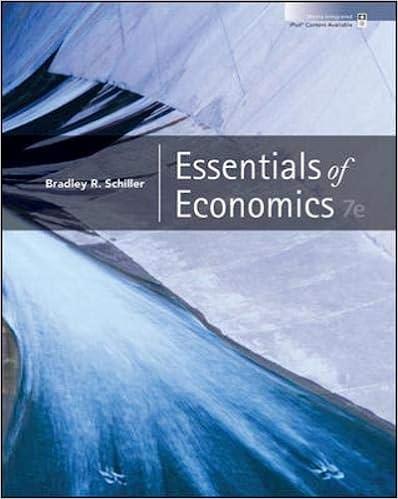Question
2. An economist wishes to predict annual family spending Y using income X1, size X2, and annual savings X3. The following intermediate calculations have been
2. An economist wishes to predict annual family spending Y using income X1, size X2, and annual savings X3. The following intermediate calculations have been obtained for a sample of n = 100 families. All monetary figures are in thousands of dollars.
Y = 10 X 1 = 12 X 2 = 5 X 3 = 1
n i=1 Y 2 i = 11,400 n i=1 X1,iYi = 13,000 n i=1 X2,iYi = 6,000 n i=1 X3,iYi = 500,
and the fitted values of regressions A and B:
A : Y i = 1.7+0.4X1,i +0.7X2,i (excluding X3)
B : Y i = 4.3+0.3X1,i +0.6X2,i 0.9X3,i (including X3).
(a) Calculate the residual sum of squares and R 2 from regression A. What percentage of the variation in Y is explained by regression A? Justify your answer and show all derivations.
(b) Calculate the residual sum of squares and R 2 from regression B. What percentage of the variation in Y is explained by regression B? Justify your answer and show all derivations.
(c) Has the inclusion of X3 in the regression analysis reduced the residual sum of squares? What proportional change in previously unexplained variation in Y is achieved by adding X3 to the analysis? Explain your answer.
(d) You wish to learn whether or not to include annual savings in your regression analysis via statistical testing with a significance level of 1%, using answers to the earlier parts of this question. (i) Formulate the null and alternative hypotheses (ii) Describe the test statistic, (iii) Compute the critical region, and (iv) Describe the decision rule and the outcome. Justify your answers.
Step by Step Solution
There are 3 Steps involved in it
Step: 1

Get Instant Access to Expert-Tailored Solutions
See step-by-step solutions with expert insights and AI powered tools for academic success
Step: 2

Step: 3

Ace Your Homework with AI
Get the answers you need in no time with our AI-driven, step-by-step assistance
Get Started


